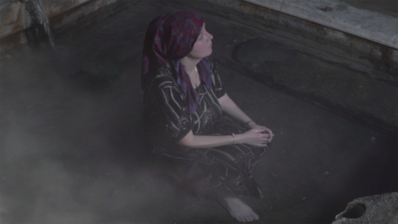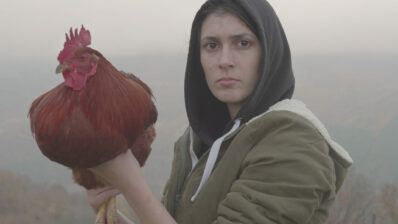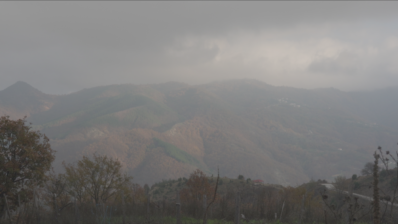“Spirits Unseen” is the product of Myrto Papadopoulos’s research and photography in the remote villages of the Pomak minority in Thrace. For five years, she undertook multiple journeys and explorations in the mountain Pomak villages with the aim of engaging with the female community who stay close to these lands to tend to the needs of their households. In contrast, the lives of the men follow different trajectories, as they are forced to migrate to the cities of northern Europe in search of work.
As the traditional structures and relationships in the Pomak community adjust to these social and economic conditions, both genders appear to be engaged in a dynamic exploration of questions of discrimination in the world of employment and education. Spirits Unseen focuses on gender roles in a society where couples marry young and at the same time seek their own voices and identities amidst the shadows of history and the codes of tradition.
Papadopoulou’s works appear to balance on the invisible boundary between the light and the dark, which coexist in a mystical land. Animals, trees, water, symbols, people, and earth make up natural materials for the composition of collective ritualistic processes. Organic and human forms at times commune with one another under a light that is new; at others, they emerge soundlessly like subterranean waters, not as something otherworldly, but to reveal secrets and sensitivities. All are illuminated fleetingly as elements of a scene, rising up to forge a moment of understanding before disappearing once again.
The photographer weaves a narrative that moves from personal experiences to fables, from the solid ground of tradition to the flow of water water that symbolizes a binding thread, forging an inseparable connection between the people and their land, to the change of seasons, from the role and position of women – once invisible – to the internal rhythm and power that permeates their senses and emotions.
An integral component of the work is a collection of archival material, elements of which appear unexpectedly on the unbroken thread connecting present and past. While these images appear to be from a place far removed, their aura endures – the imprint of a world that still shapes the present.
Papadopoulos thus presents a work that reevaluates the dominant narratives that are projected onto minority communities, while at the same time highlighting social, spiritual, and cultural dimensions, exploring the mythic reality of the multifaceted Pomak identity.
THE PHOTOGRAPHY
Between Light and Dark


